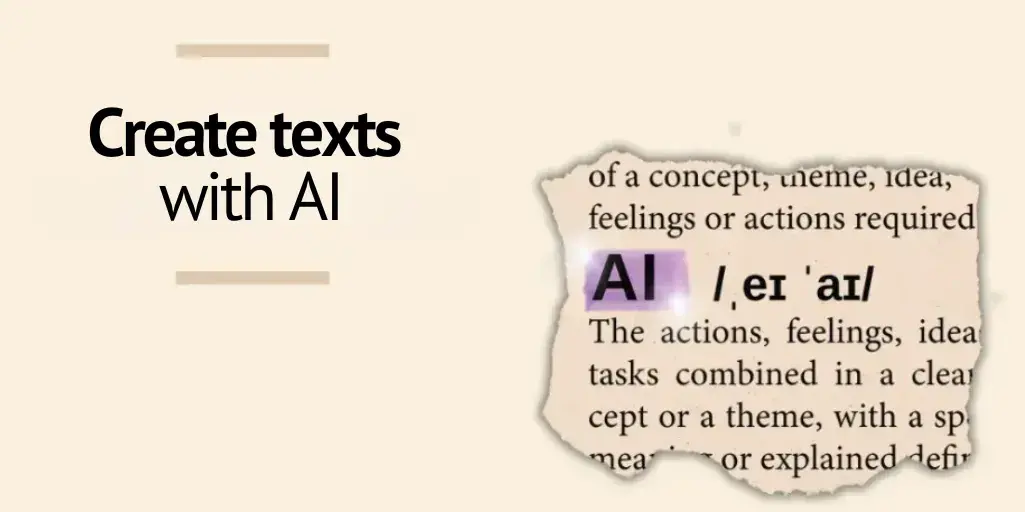AI tools for writing texts or other content are a valuable addition to the arsenal of a teacher who, lacking time, seeks to provide comprehensive training and assist students in the virtual environment.
In this context, the dynamics and tools are different and it is necessary to rely on videoconferencing, chat and forums, among others, to make the exchange of knowledge, dialogue and feedback a reality.
But apart from using the tools available on the elearning platform in favor of learning, it is vital to offer rich and varied content. This involves creating and updating study material, making summaries, proposing case studies, activities, and a long etcetera.
Of course, these are not simple tasks, but tasks that require skills, effort and a lot of dedication.
However, with careful planning and the support of AI, teachers can gain agility, ease the workload, and improve the teaching-learning process.
With that purpose in mind, in this post we will discuss 9 AI tools for writing texts and creating rather interesting summaries!
Take note!
9 AI tools for writing texts and generating content

The tools for generating text with artificial intelligence are not only allies of writers, content creators, or marketing professionals, but of everyone.
And, although some may be more focused on other sectors, they can be perfectly adapted to educational needs.
Specifically, those we present below are very beneficial, as they facilitate the creation of teaching materials, titles, descriptions, dialogues, summaries, and other resources.
Let’s get to know them!
Copy.ai: texts with artificial intelligence 10 times faster
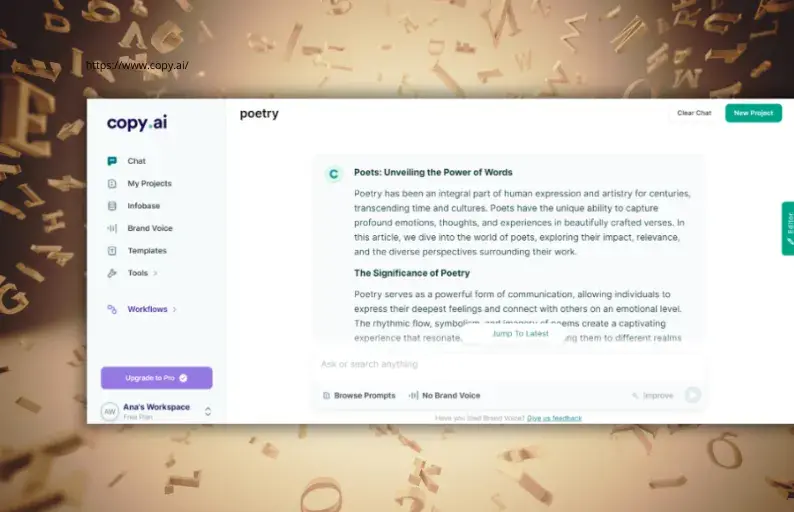
We start with Copy.ai, an AI writing tool that generates content adaptable to different formats and audiences.
- Produce texts and ideas in over 29 languages.
- Improve content writing AI with creative writing prompts and snippets.
- Simplifies the research process with chat.
- Features a free version and paid plans.
What to do with Copy.ai?
- Creation of eye-catching lesson titles.
- Descriptions of online courses.
- Emails for communication with learners.
- Activities, questions and answers for assessments.
- Dialogues for presentations or tutorials.
- Summaries, study guides and other additional resources.
Jasper: AI for writing texts with your own style and tone
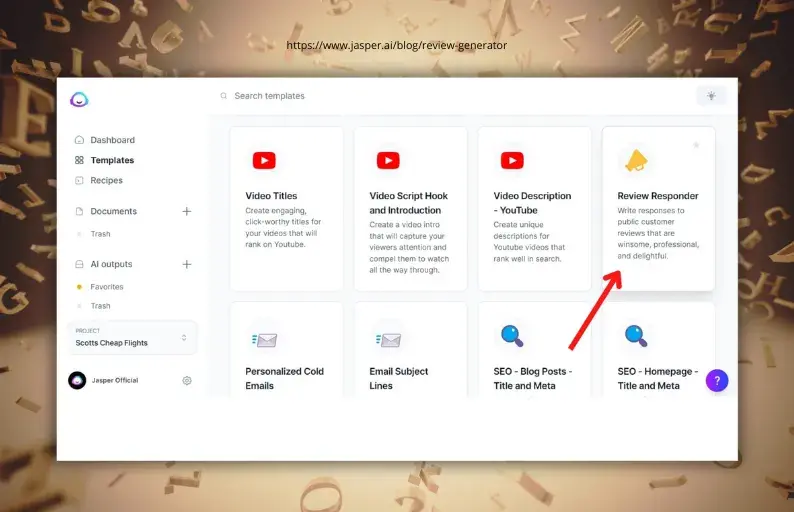
We also suggest Jasper, an AI that writes texts based on style and tone of voice.
- Create content in over 30 languages, using keywords, templates or images.
- It has AI tools for writing SEO and a AI writing assistant to strengthen writing skills in the long term.
- Provides a Chrome extension, making it easy to incorporate into our regular work tools.
- Provides a free trial and payment plans.
What to do with Jasper?
- Find content ideas for classes.
- Devising evaluation questions.
- Develop scripts, titles and introductions for courses, videos, etc.
- Write emails and messages with AI to give feedback to learners.
Writesonic: AI that writes plagiarism-free, optimised texts
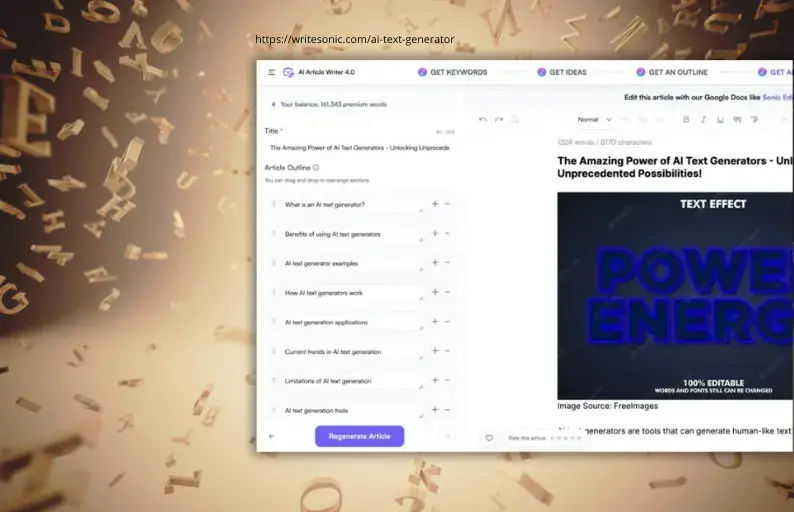
Similarly, Writesonic is a IA content writer that presents itself as a great tool for generating SEO and plagiarism-free content.
- Simply describe the topic, specify the keyword and choose the language to get a variety of results that can be published with just one click.
- Generates compelling copy, creative ideas and improves AI copywriting in a variety of styles and tones.
- It uses advanced versions of GPT as artificial intelligence engines, and has a chatbot, called ‘Chatsonic’, trained to detect tone and emotions.
- It offers a free trial of up to 10,000 words and paid plans.
What to do with Writesonic?
- Preparing express scripts.
- Write articles, texts for video tutorials and other media with AI.
- Create titles and descriptions of learning activities.
- Create e-books and summaries.
- Drafting the text of e-mails.
Escríbelo.ai: AI trained by Spanish SEO Copywriters
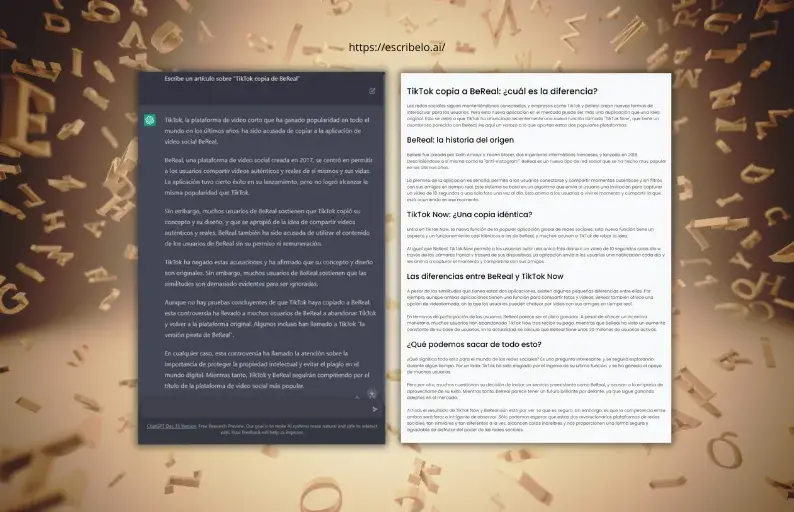
Undoubtedly, Escríbelo is a AI writing generators and a tool that stands out for its ability to generate original content, SEO and in more than 29 languages.
Although it is very focused on content developers, it can also be useful for finding information.
- Creates texts with up-to-date information in real time and in various styles and tones.
- Generates content 100% optimised for SEO and free from detection by AI-based plagiarism systems.
- Makes recommendations to improve the content generated.
- Provides a monthly or annual payment plan.
What to do with Write it down?
- Writing articles.
- Creating descriptions for learning resources.
- Produce other learning materials.
ChatGPT: AI for text writing and virtual companion for consultations
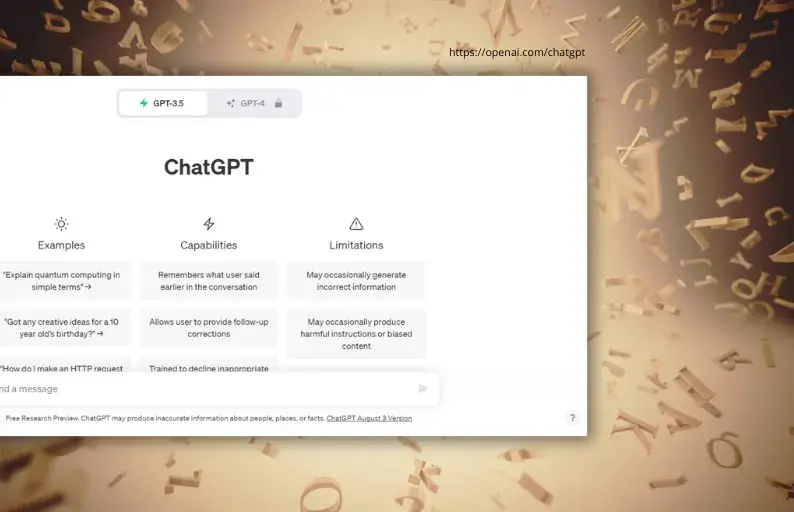
Although its purpose differs from the previous ones, we cannot leave out ChatGPT, an AI writing app that writes essays, articles and more papers that we ask it to write, thus becoming one of the best AI writing assistants.
In addition, it can give us information to use as a starting point or as a reference to obtain better results when using other content writing tools.
- With GPT-3 it is easy to find ideas or possible pain points of learners, for example, and to find a solid base before using other tools.
- It is used as a conversational virtual assistant from which we can ask almost anything, as long as we know how to put it in context with a good prompt.
- When using this AI to writing with artificial intelligence essays or other content, be careful not to plagiarise the content and consider that it draws on information that is up to date until September 2021.
- The version is free of charge.
What to do with ChatGPT?
- Compose automatic answers to students' frequently asked questions and other messages.
- AI writer generator, and in addition, generates lists, tables, and analogies.
- Create study guides or reading materials.
- Locate custom content ideas for lessons.
- Create summaries, exercises and activities.
- Translate texts in over 100 different languages.
Resoomer: automatic summaries of long documents
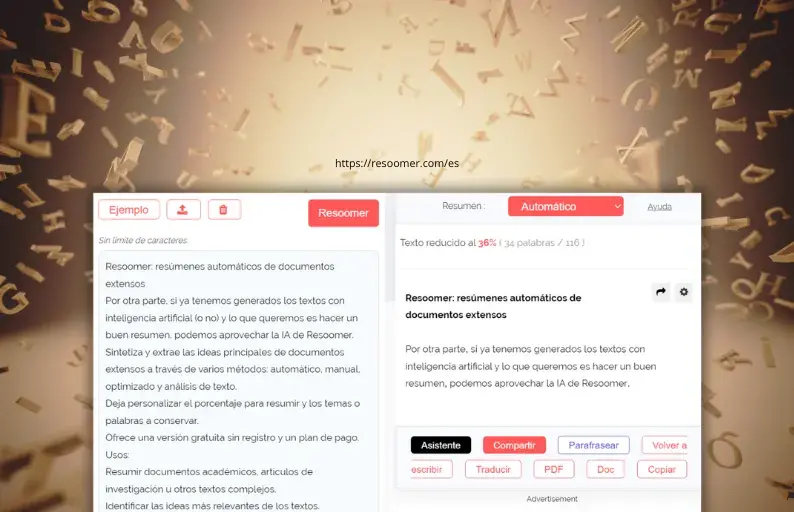
On the other hand, if we have already generated texts with artificial intelligence (or not) and what we want is to make a good summary, we can take advantage of the AI of Resoomer.
- Synthesises and extracts the main ideas from long documents through various methods: automatic, manual, optimised and text analysis.
- It lets you customise the percentage to summarise and the topics or words to keep.
- It offers a free version without registration and a paid plan.
What to do with Resoomer?
- Summarise academic papers, research articles or other complex texts.
- Identify the most relevant ideas in texts.
- Create concise and accurate teaching materials for l Identify the most relevant ideas in texts. earners.
Summarizer: highlights the gist of texts with artificial intelligence
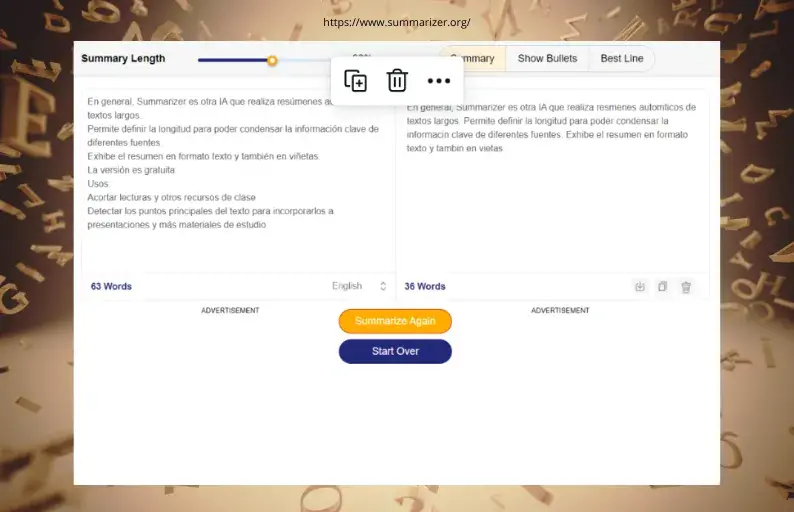
In general, Summarizer is another AI that performs automatic summaries of long texts.
- Allows you to define the length in order to condense key information from different sources.
- Displays the summary in text format and also in bullets.
- The version is free of charge.
What to do with Summarizer?
- Shorten readings and other classroom resources.
- Spot the main points of the text for incorporation into presentations and other study materials.
Paraphraser: a new approach to AI texts

Paraphraser is a tool for paraphrasing texts at the click of a button.
- Helps rewrite content while preserving the original meaning.
- The free version paraphrases up to 20,000 characters, while the premium version paraphrases up to 1,500 words.
What to do with Paraphraser?
- Reformulate texts to create new versions with the same meaning and without the risk of plagiarism.
Humata: AI that responds to files
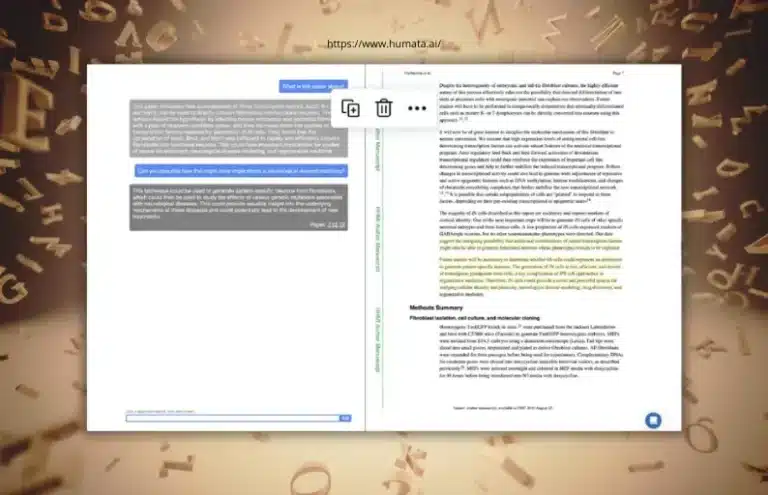
Finally, Humata performs tasks related to the management, analysis and generation of content from files.
- Just upload a file and ask questions to get instant answers.
- It offers a free version of up to 60 pages and paid plans.
What to do with Humata?
- Analyse and evaluate the quality, clarity and coherence of the content.
- Originate new writing based on an initial file.
- Correct grammatical errors.
- Summarise long documents.
